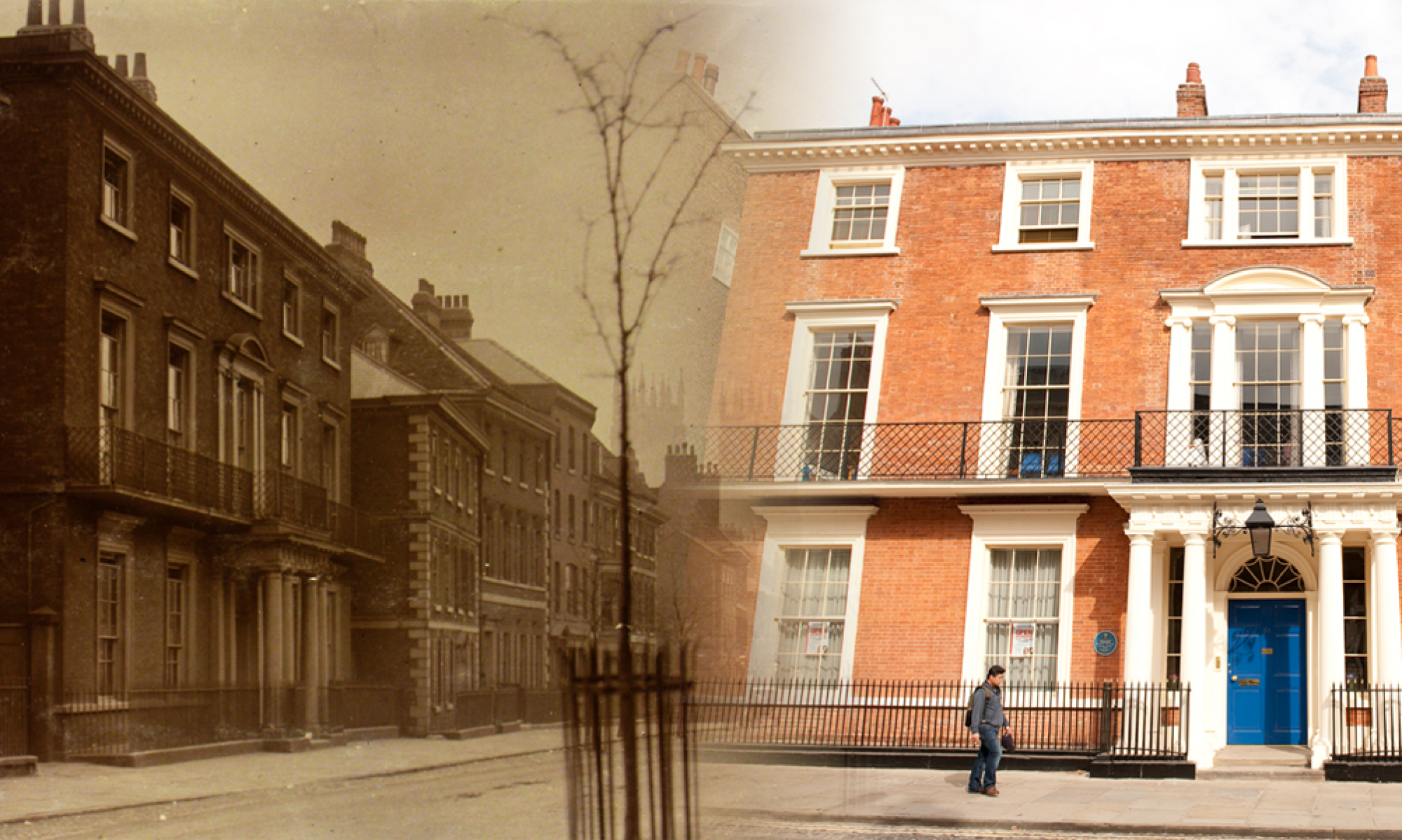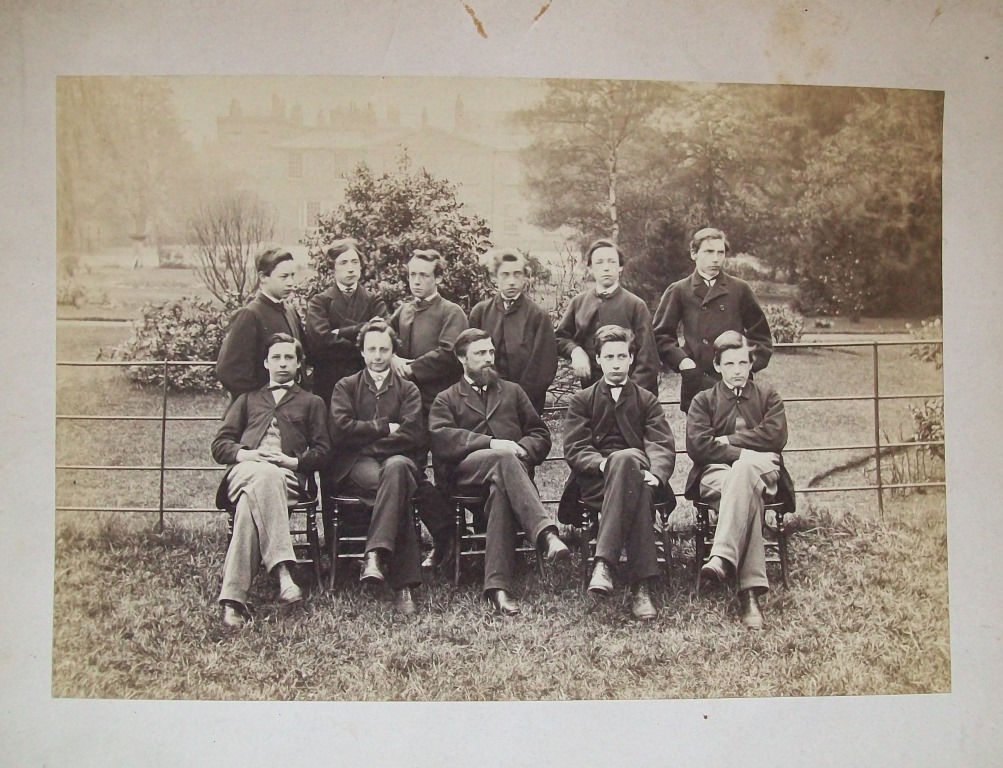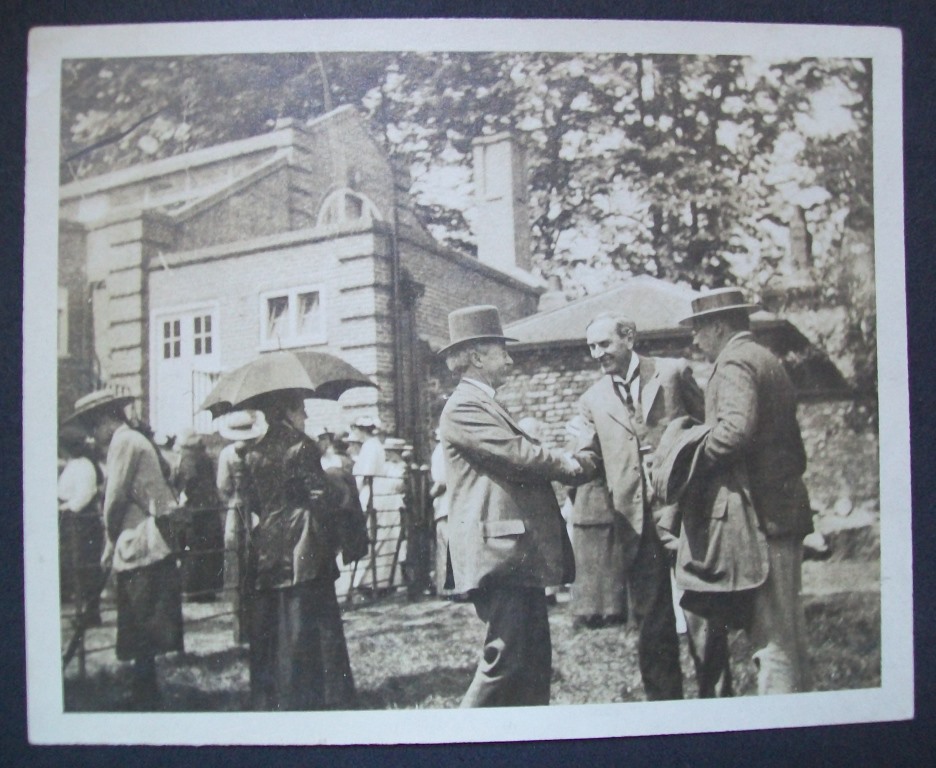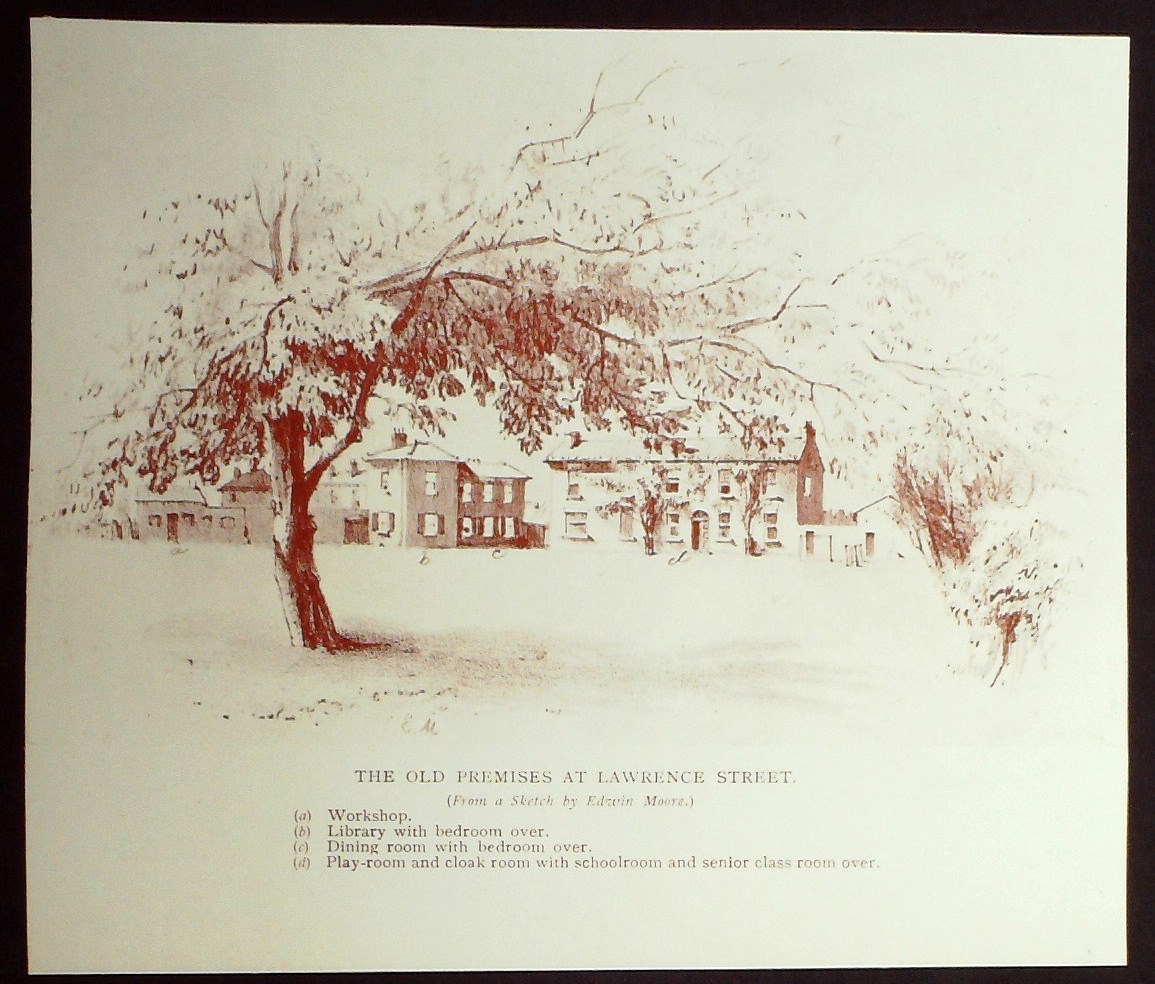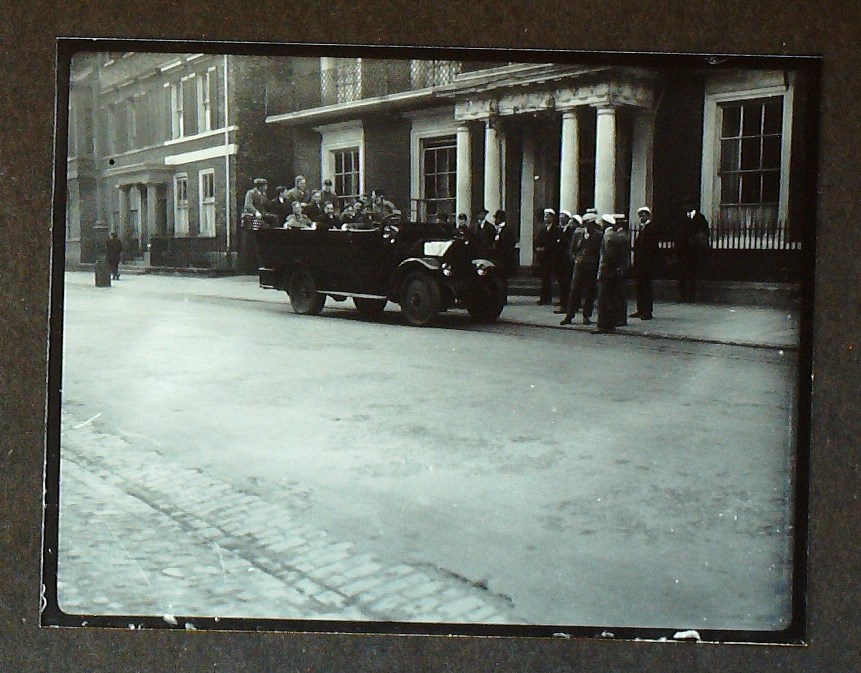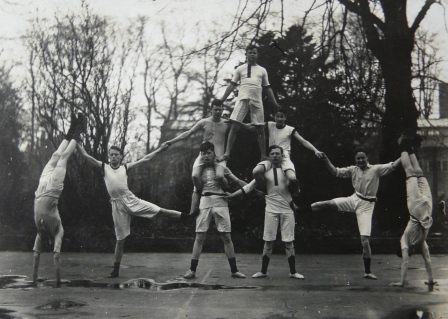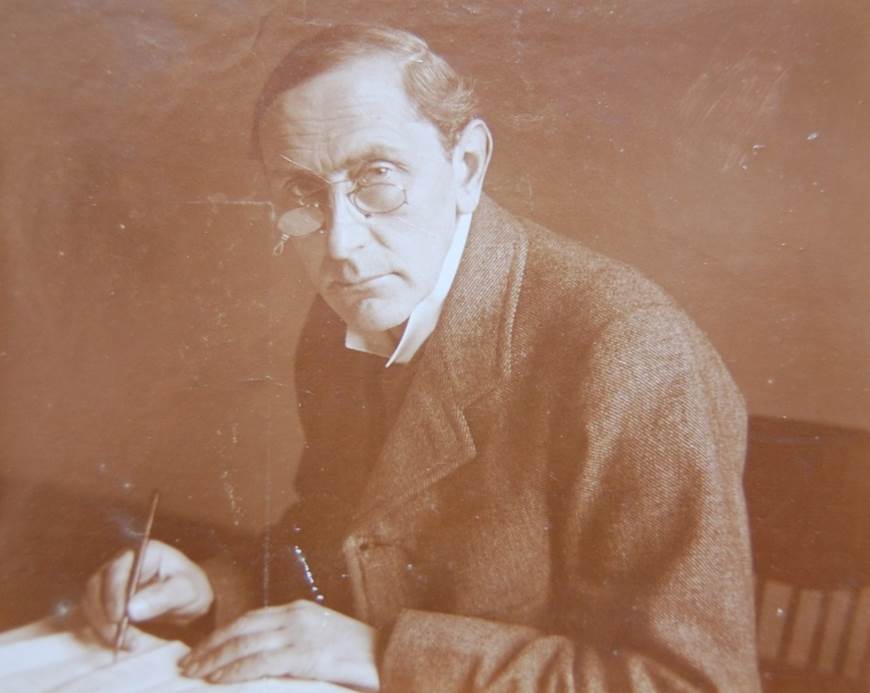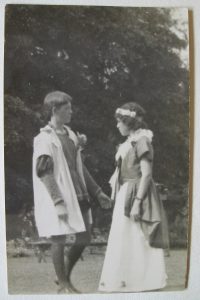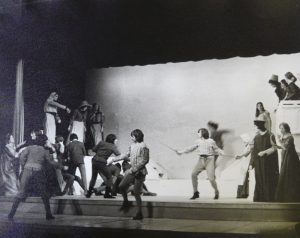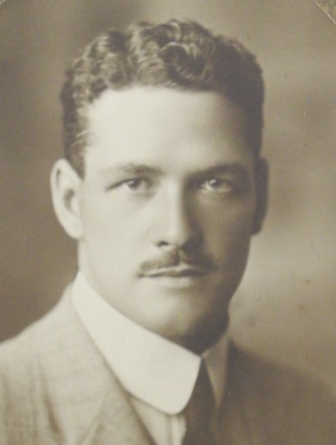
Charles Albert Wood attended Bootham School from 1901 to 1903. He received the Military Cross in France, listed in Fourth Supplement to the London Gazette, 14th January 1916:
“Captain Charles Albert Wood, M.B., Indian Medical Service”
A report in the March 1916 issue of “Bootham” magazine tells us the story:
“C. A. WOOD (Captain, I.M.S.) has been at the Front since 1914. He was attached to some of the Gurkhas. When in charge of a temporary hospital the house was shelled and the chimney came down. None of his patients was touched, but he received a severe blow and was reported wounded, but remained on duty. After that he was in charge of the Convalescent Hospital for Indian troops in France. He was then sent to Alexandria, and may be in Mesopotamia now. He was awarded the Military Cross in January, 1916.”
There is further description of Captain Wood’s action in “The Indian Corps in France” by Lt-Col J.W.B. Merewether and Sir Frank Smith:
“All through the battle, the work of the medical officers and their subordinates had been beyond praise. Captain C. A. Wood, I.M.S., 1/4th Gurkhas, gained the Military Cross by his bravery and unceasing energy in collecting the wounded, even after he had himself been hit, and in arranging for their safety after his first-aid post had become a target for the enemy’s artillery. Throughout the campaign this officer had shown himself to be utterly regardless of danger in the performance of his duty.”
